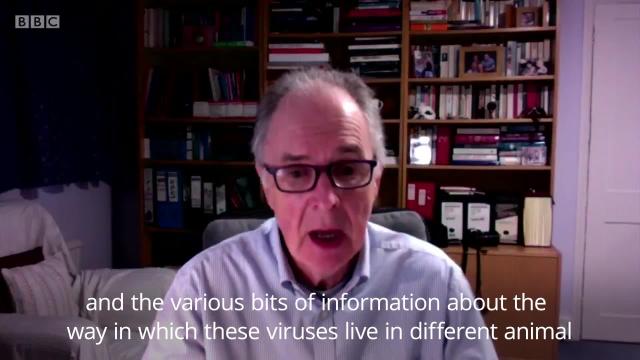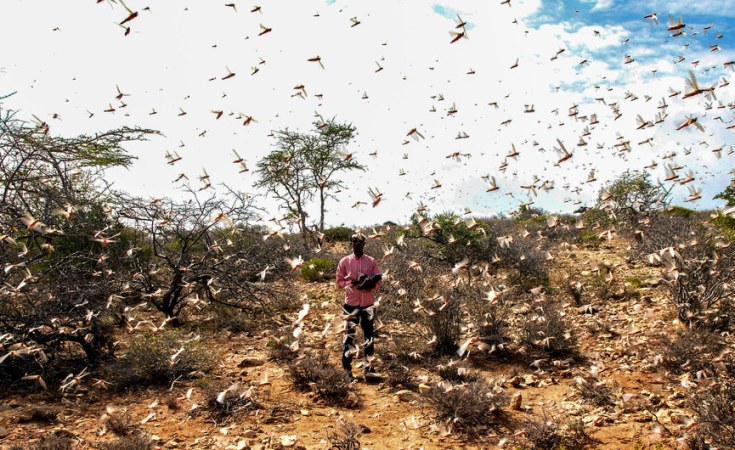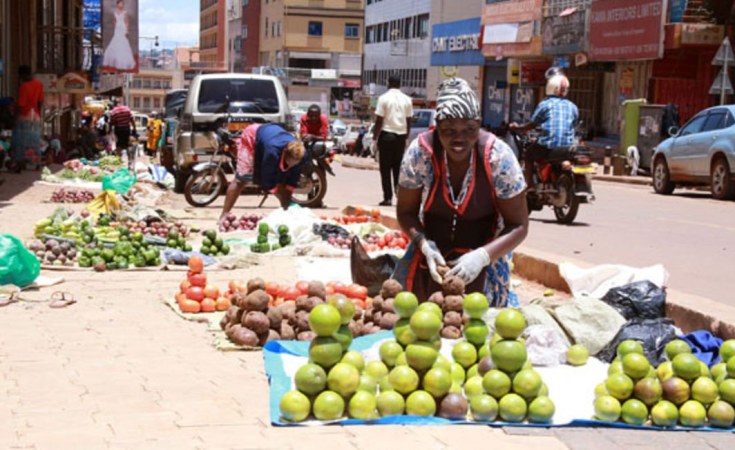Trans Mountain pipeline resumes construction after Keystone XL cancellation
After being shut down for months over safety concerns, construction has resumed on twinning the Trans Mountain pipeline, which would transport oil to Canada’s West Coast. The recent cancellation of the Keystone XL pipeline leaves Trans Mountain as the best option to export Canadian oil to other countries.
UNLIKE KENNEY'S BET ON PRIVATIZED TC ENERGY WE OWN TRANSMOUNTAIN, ALBERTANS, FRIST NATIONS AND THE FEDS.












